Dawdling in Dali
After an uneventful first day in Kunming, and a decidedly underwhelming tour to the Shilin Stone Forest, I hopped on an overnight train to Dali, fervently hoping that my next destination wouldn’t disappoint.
Dali is typically stop no. 2 for anyone making their way along the “Yunnan tourist trail”, i.e. Kunming, Dali, Lijiang, and Shangri-La. It is often compared to Lijiang, and if you Google around, you’d probably find quite a few articles of the “Dali vs Lijiang” kind, debating the pros and cons of both cities. Dali is often described as the more laidback, quiet half of the two, while Lijiang is the city to go to if you can’t do without the constant buzz of people and nightlife – it really just comes down to personal preference.
Though at the end of it, I really couldn’t say which town I preferred, I knew that stopping at Dali was the right choice, when I started getting an antsy feeling in the pit of my stomach that meant I was ready to go right out and explore the moment I stepped out of the train station.
This was the China I came for 🙂
Like most ancient cities, Dali has a pretty robust city wall circling its perimeter – this is one of the oldest city gates!

(This is the most picturesque “smoking pavilion” I’ve ever seen in my life!)
Behind the city walls lie a perfectly charming city, which somehow doesn’t make modern elements like motorbikes and street lamps feel overly out of place 😛
Although Dali and Lijiang are rather similar in some ways, one of the interesting differences lies in the cities’ architecture – buildings in Dali are mostly built with stone and marble (marble is Dali shi, or literally “Stone of Dali” in Mandarin), while Lijiang buildings are built with wood!
As you take a leisurely stroll around the city, you won’t go far before you hear a perpetual clunking of metal hitting metal, thanks to the artisans crafting silver bangles and other jewellery on every other street corner…
… and also canals running throughout the city. This particular stretch, complete with a gently cascading waterfall, can be found at the “Yang Ren Jie” (Westerners’ Street), which transforms into a bustling row of bars and pubs by night.
Biking is a fairly common way to get around in Dali, so you’ll also find plenty of those in town. Some hostels also offer bike rental services as well, so you can always ask!
Most people only stop by Dali for a day or two (like me), which is a bit of a pity, because having been there, I think it deserves to be enjoyed with an unhurried, relaxed stay. But if one day’s all you got, there are a few more places you can visit/things you can do:
1. The Three Pagodas of ChongSheng Temple
Arguably Dali’s most iconic attraction, the Three Pagodas of ChongSheng Temple are a group of three pagoda towers forming the corners of an equilateral triangle, built in the 9th and 10th centuries. According to local legends, the pagodas were built to defend the city against dragons who inhabited Dali, which was once a swamp, before the humans arrived. They’re incredibly resilient too, having survived a couple of earthquakes which destroyed Dali unscathed.
The grounds surrounding the Pagodas and ChongSheng Temple are very nicely landscaped, which makes it a pleasant place to visit for an hour or two.
Don’t miss the bell tower right behind the Three Pagodas – go all the way to the top, and you’ll not only get to see the massive bronze bell, but also views of ChongSheng Temple against the CangShan mountains…
… and if you’re lucky, start off your morning with this stunning sight of sun rays piercing the clouds over Dali city!
Absolutely sublime 🙂
2. Butterfly Spring
The Butterfly Spring is… well, exactly what you might expect from its name. The main attraction itself is just a pool of crystal clear spring water where scores of butterflies used to congregate, but as with all major tourist destinations, there’s enough here to keep you gawking and your cameras snapping for at least an hour or so, like this gorgeous bamboo-lined pathway leading into the spring…
… and this beautiful pond a little ways from the spring, complete with hungry fat fish and all.
An ancient tree with huge, sprawling branches sits imposingly above the spring, and its fragrant blossoms are said to attract thousands of butterflies in the short interval when spring turns to summer, many of them connecting with each other, forming delicate chains of butterflies hanging from the branches down to the water’s surface. The beauty of the spring and its surroundings made it a popular place for the youth of the Bai minority who lived there in times past to perform traditional rituals of courtship – boy meets girl, boy sings to girl, and they vow everlasting love to each other under the branches of the “butterfly tree” (or something like that).
Sadly, there are almost no butterflies to be found now, and young men wooing the subjects of their affection have been replaced with eager tourists desperate to get their photos taken with a rock with the words “Butterfly Spring” engraved on it (a ROCK, and not even the actual spring itself, mind you). But even without the butterflies, you can’t not gasp when you lay your eyes on THIS:
One more time, just because it’s so unbelievably magnificent:
LOOK AT DEM WATER RIPPLES. LOOK. T_T I couldn’t make this up in Photoshop even if I tried.
If you feel like you can’t leave a place called “Butterfly Spring” without seeing any butterflies, fret not – there’s also a dedicated enclosure nearby where you can watch the elusive creatures flit around you to your heart’s content.
3. Cormorant Fishing on Erhai Lake
Erhai Lake (literally meaning “ear-shaped lake”) is to Dali what Mount Kinabalu is to Borneo, and there are quite a few things you can do at the vast, 250 square km lake – cycle around it, take a boat ride out to the micro-islands in the lake, or just lounge around by one of the piers.
My favourite, and what I think is the most unique thing to do there though, is to catch a cormorant fishing display!
Cormorants are goose-sized birds with black and white plumage, and fishermen have been using trained cormorants to fish in rivers since about 960 AD in Japan and China. Though it was once a booming industry, cormorant fishing today is mainly used for tourism purposes only – obviously, because can you imagine trying to keep up with the demands of a big city with just a few birds?
Hop on to one of the boats by the shore, and you’ll be ferried out…
… into waters so clear, you can see seaweed gently billowing as far as the eye can see 🙂
You’ll pull up a short distance from two fishermen in a boat, with cormorants obediently lined up by the sides, and this is where it gets interesting.
The fisherman picks up a cormorant, and – there’s really no other word for this – FLINGS the birds out to the water, one by one, and along with his partner, beats the water with their oars while hollering, “HEEYYY YO! HEEEYYY YO!” at the top of their lungs.
The cormorants then scramble around, hunting for fish. Trained cormorants typically have snares tied near the base of their throats to prevent them from swallowing larger fish, which are held in their throat. Their wings are also clipped to make sure that they can’t fly far.
You’ll know when a cormorant catches a fish, because you’ll hear a sudden burst of excited chatter from the fishermen. The cormorant trainer brings the bird back to the boat….
…and triumphantly hoists the bird up in the air, while it shows off its prey for us camera-wielding tourists snapping frantically away. He then releases the bird, and rewards the cormorant fleet with small pieces of fish…
… stirring up a frenzy of birds right by your boat. This goes on for a few more rounds until its time to head back, and if you’re lucky, they sometimes offer to let you take back the fish caught by the cormorants for an extra fee!
Dali is a wonderful place to spend a slow couple of days, and if you have the time, you could also check out Shuanglang, a town on the opposite side of Erhai Lake. I didn’t have the chance to go there myself, but many locals I met after I left Dali raved about the place, so if you do make it there… let me know how it is! 🙂
Next stop: Lijiang, the city that piqued my interest in the Yunnan province in the first place!
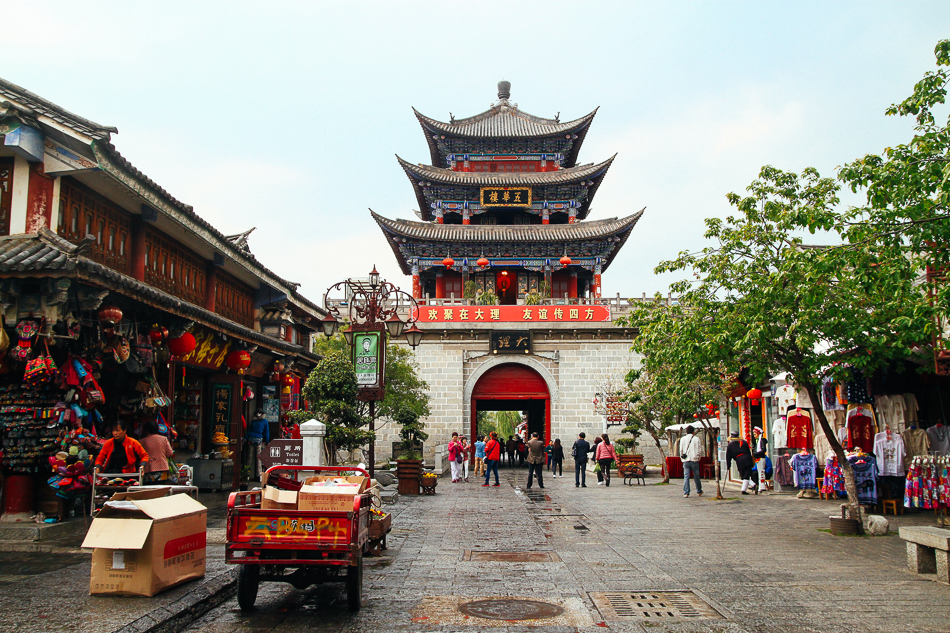
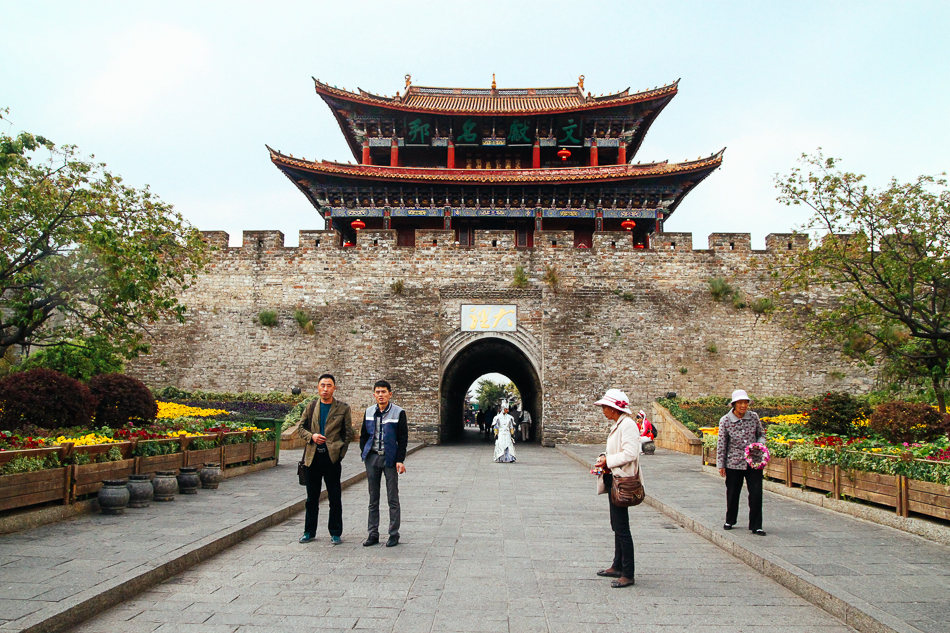
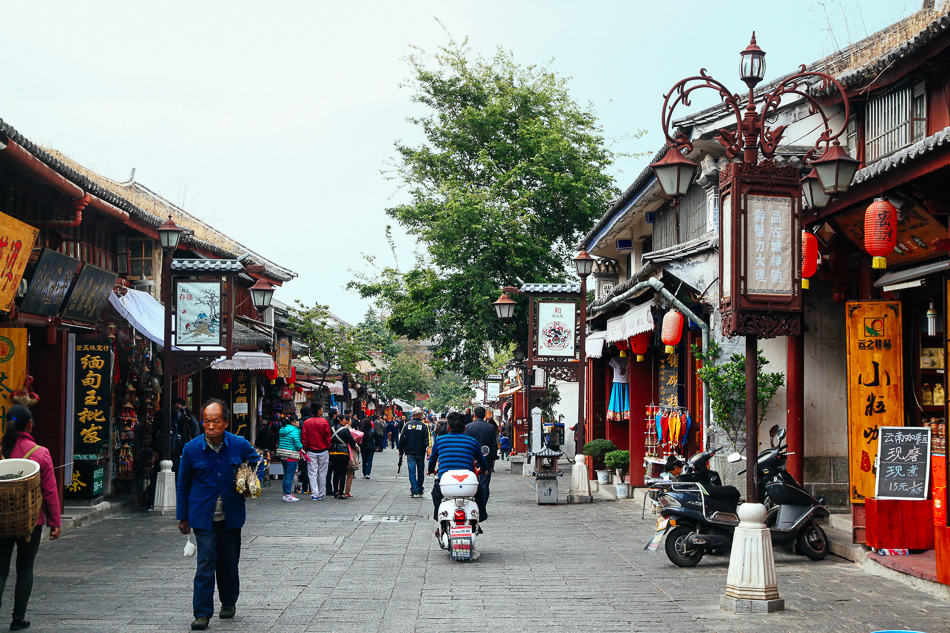

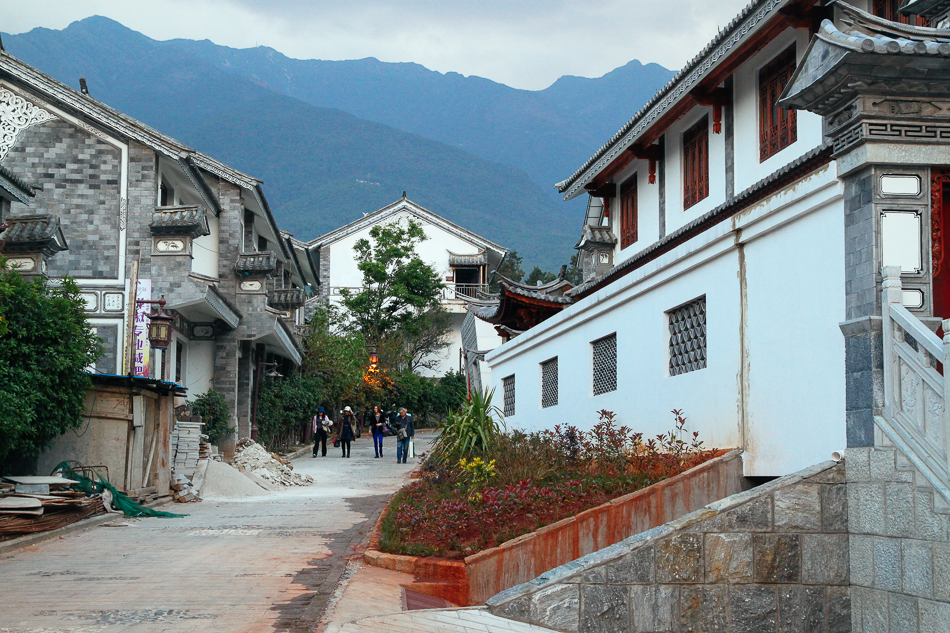
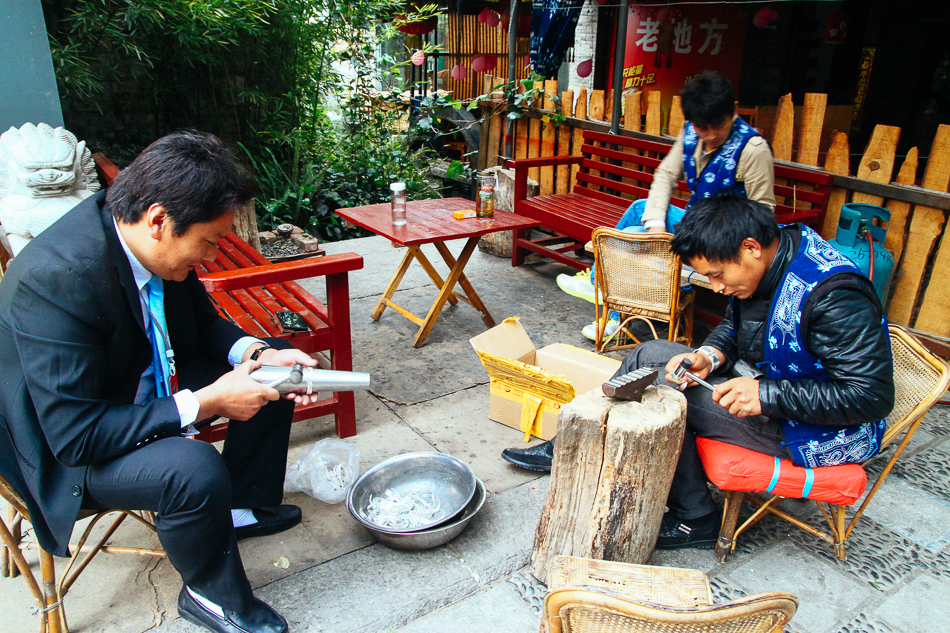
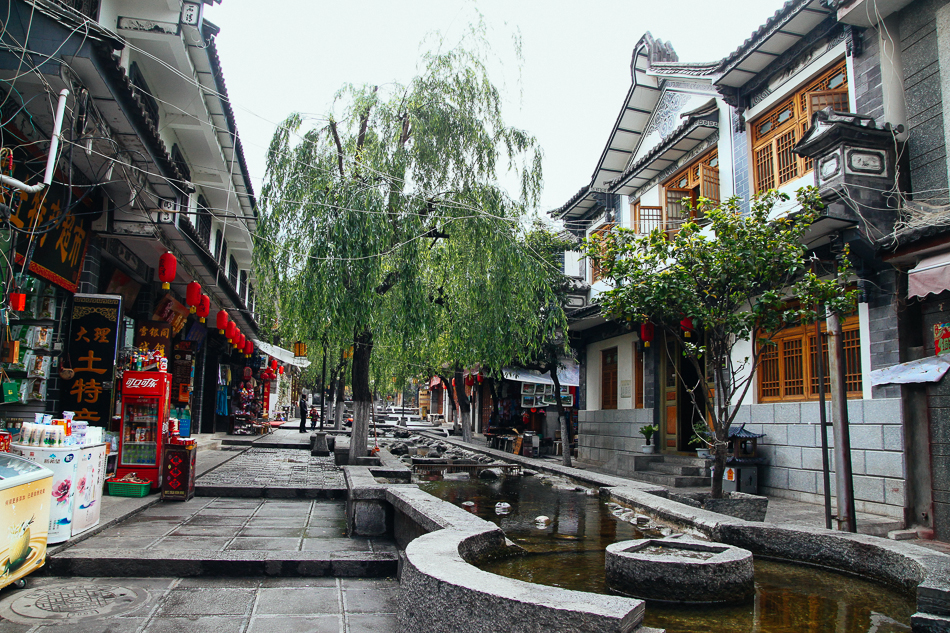
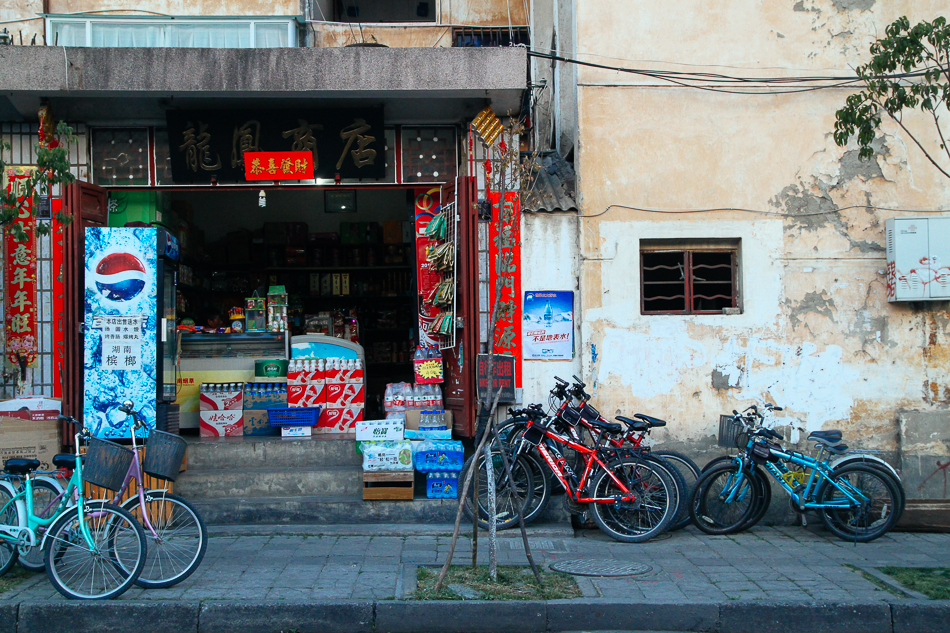

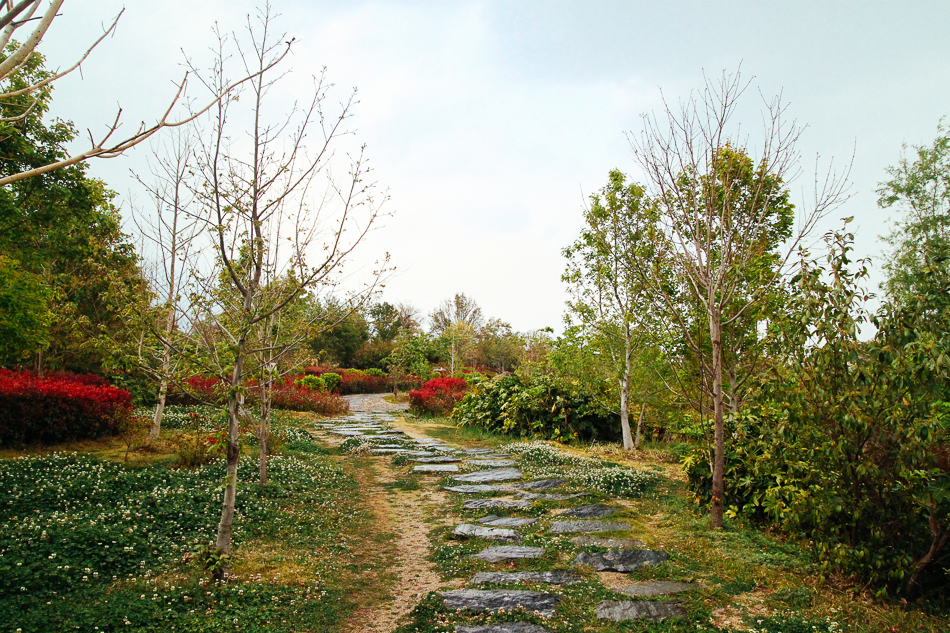
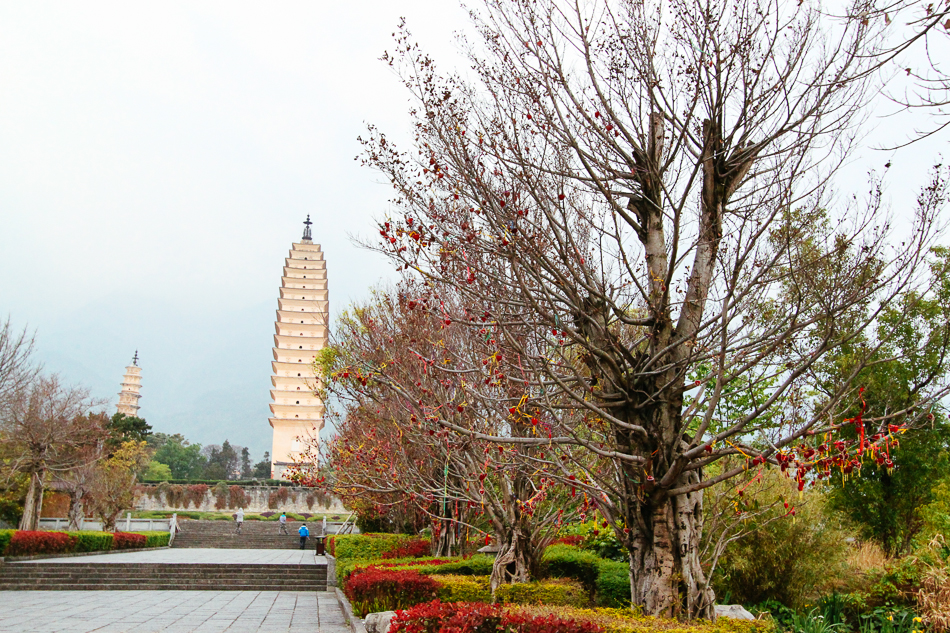
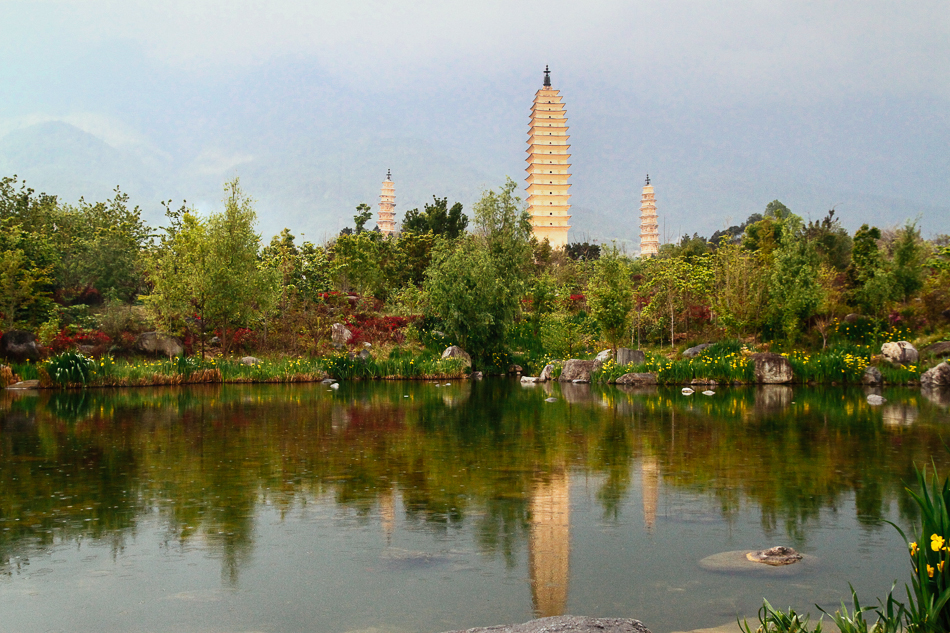

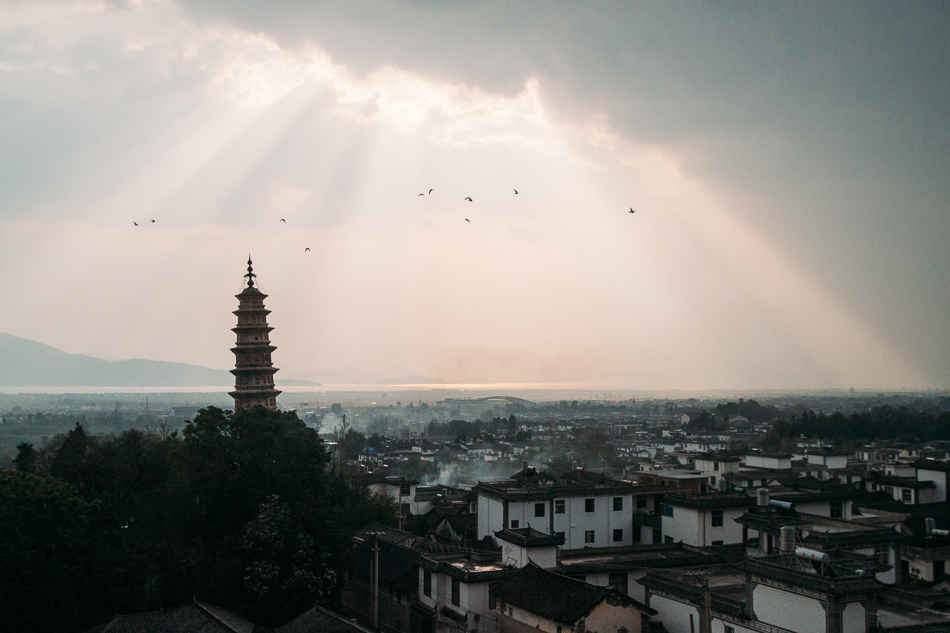
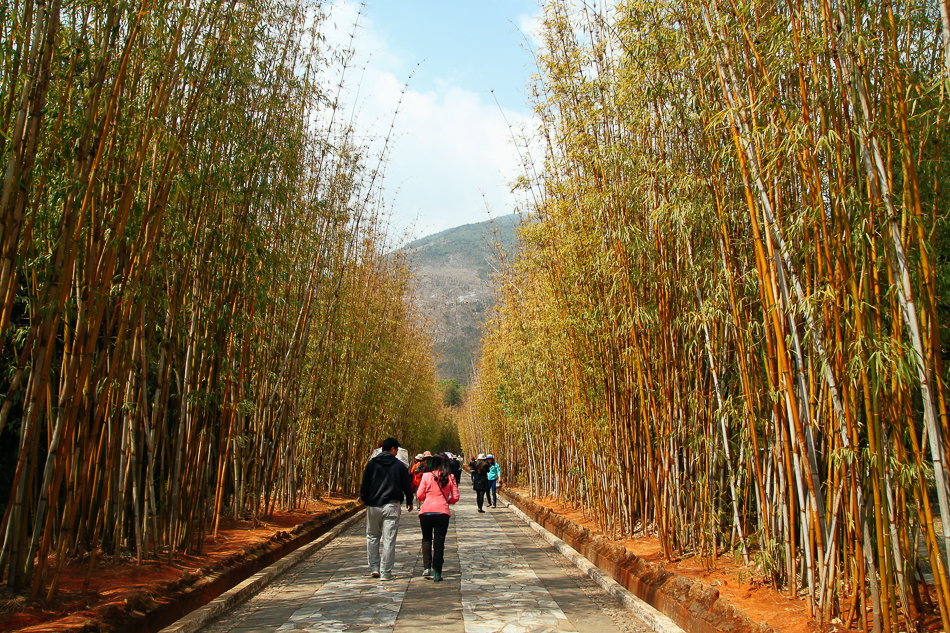
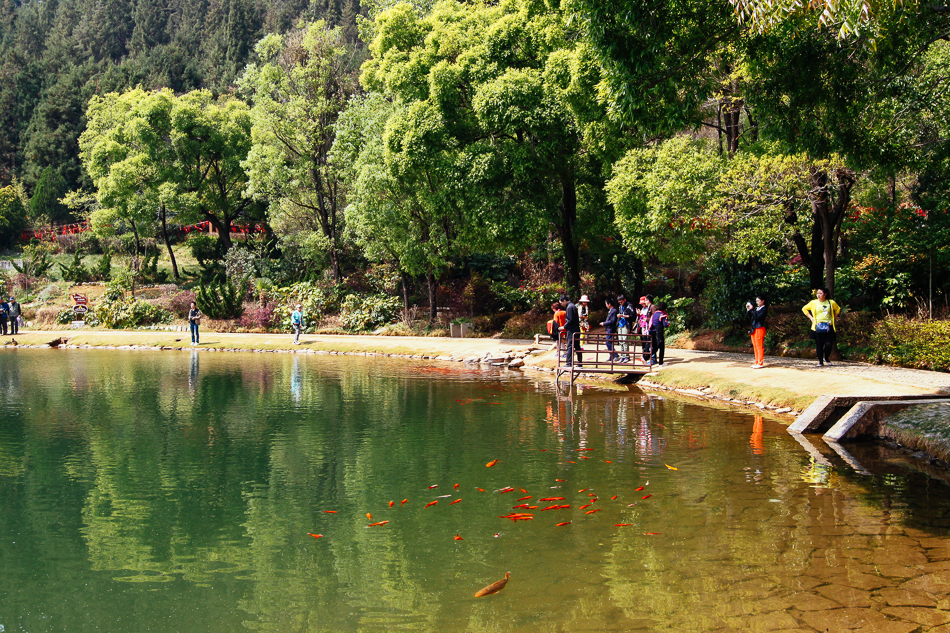

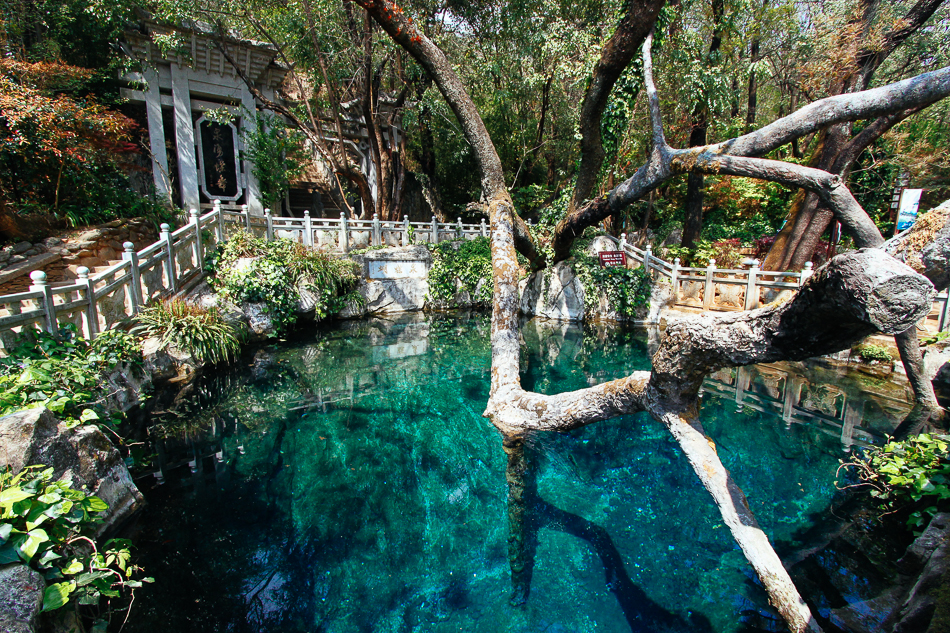



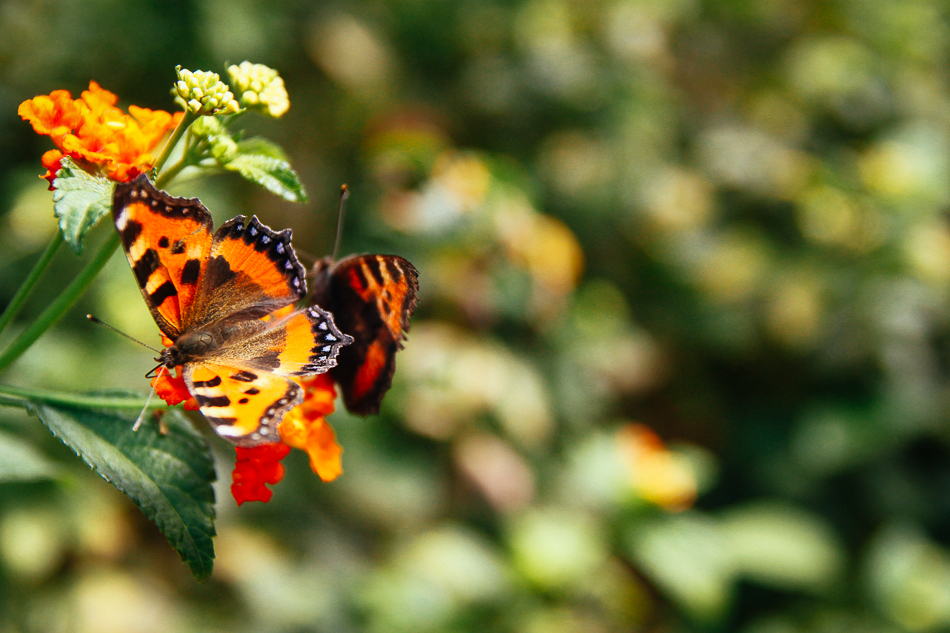

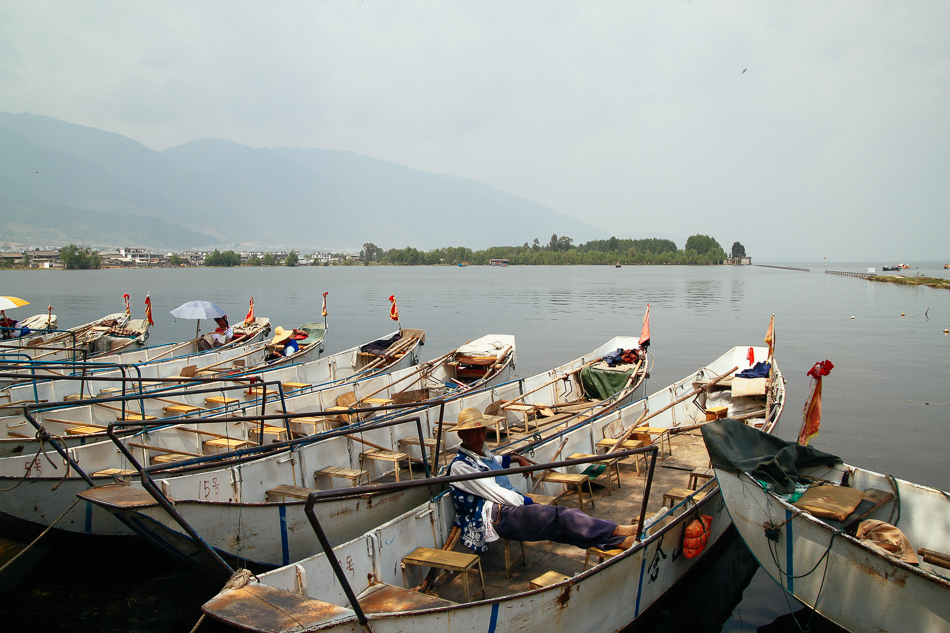
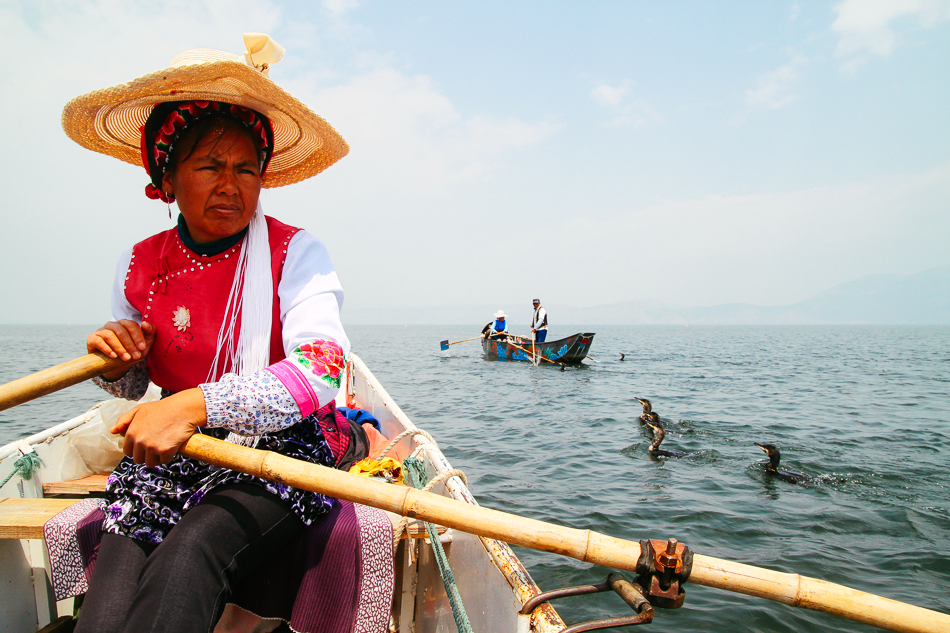
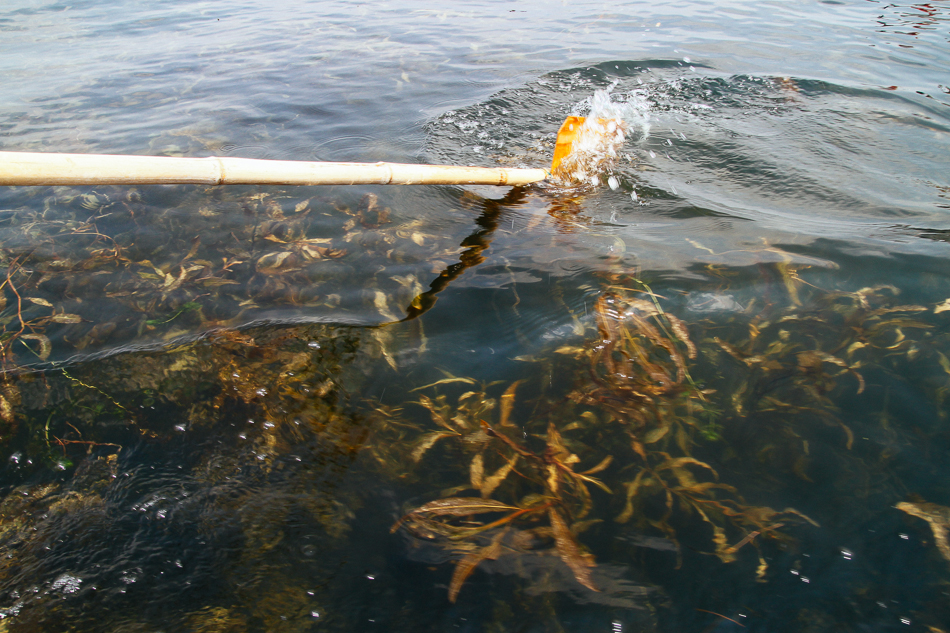
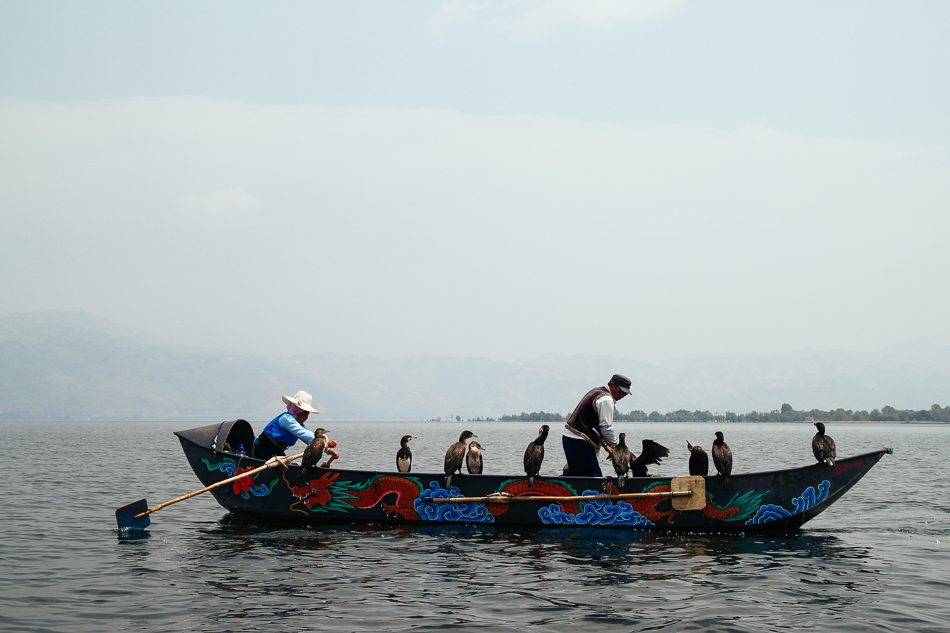
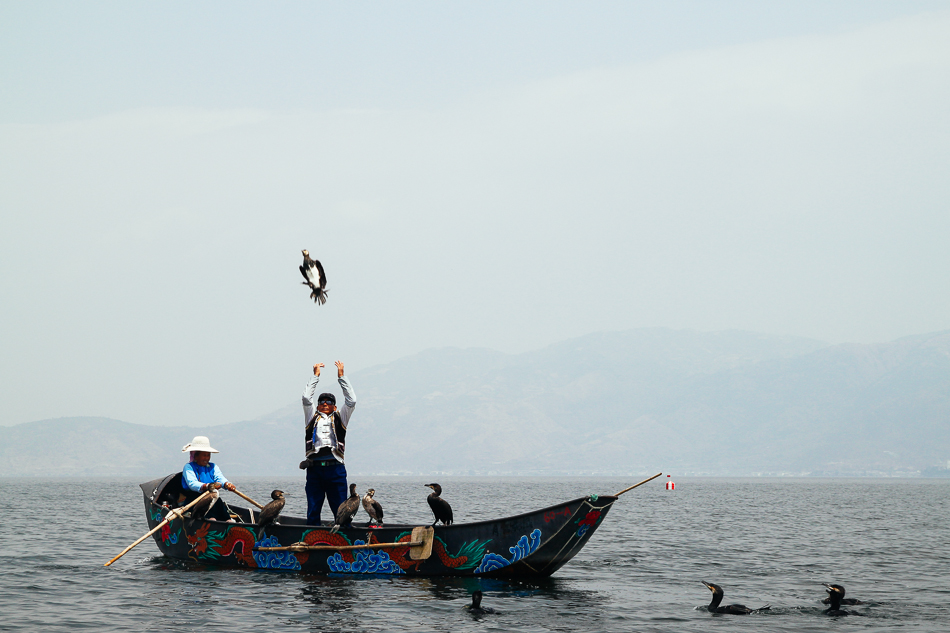


This place looks like a dessert for the eyes! That Spring is unreal – and I’m so envious you got to see those men fishing with the birds!
It really is a gorgeous place! And yes, cormorant fishing really is quite a sight you need to see for yourself 🙂
Love your photos!!! So gorgeous! I’ll be going to Kunming in September, hope I’ll get to see some good sights or drop by Dali 🙂
Thanks Sheena! 😀 I’m not that big a fan of Kunming itself, but the towns outside are really great 🙂